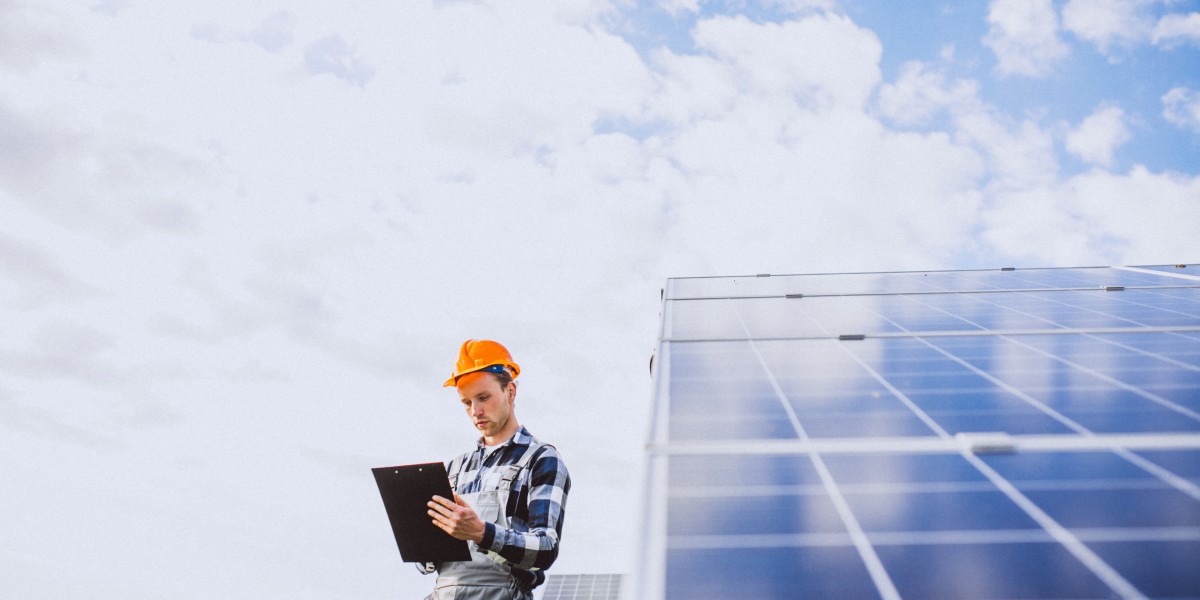Implementing solar tubewell in Pakistan offers a sustainable and cost-effective solution for irrigation, particularly in a country heavily dependent on agriculture. The rising costs of traditional energy sources and the unreliability of grid electricity have made solar-powered tubewells an increasingly attractive alternative. This comprehensive guide provides an overview of solar tubewell systems, highlighting their benefits, the installation process, financial aspects, and future trends.
1. Understanding Solar Tubewells
1.1 Overview of Solar Tubewells
Solar tubewell systems use photovoltaic (PV) panels to harness solar energy, which powers a submersible pump to draw groundwater for irrigation. This setup eliminates the need for diesel generators or grid electricity, offering a more reliable and economical solution for farmers. Given Pakistan's abundant sunlight, solar energy is particularly effective for powering tubewells.
1.2 Importance of Solar Tubewells in Pakistan
Agriculture is a critical sector in Pakistan's economy, with tubewells playing a vital role in irrigation. Traditional power sources like diesel and grid electricity are becoming increasingly expensive and unreliable. Solar tubewells provide a stable, cost-efficient alternative, ensuring consistent water supply and reducing dependency on fluctuating fuel prices and electricity availability.
2. Benefits of Solar Tubewells
2.1 Cost Savings
The primary advantage of solar tubewells is the significant reduction in operational costs. While the initial setup can be expensive, the elimination of fuel and electricity costs results in long-term savings. These systems are especially cost-effective in remote areas where fuel transport and grid connection are challenging.
2.2 Reliability and Independence
Solar tubewells offer consistent operation as long as there is sunlight, unlike diesel-powered systems that require frequent refueling or grid-powered systems prone to outages. This reliability is crucial for maintaining regular irrigation schedules, which are essential for optimal crop growth.
2.3 Environmental Impact
Solar-powered systems are environmentally friendly, producing zero emissions during operation. They help reduce the carbon footprint associated with diesel pumps, contributing to more sustainable agricultural practices. This aligns with global and national efforts to combat climate change and promote renewable energy sources.
3. Components of a Solar Tubewell System
3.1 Solar Panels
Solar panels capture sunlight and convert it into electrical energy. The system's capacity depends on the number and efficiency of the panels, which should be chosen based on the water requirements and solar availability at the installation site.
3.2 Inverter
The inverter converts the direct current (DC) produced by the solar panels into alternating current (AC) needed by the pump. A high-quality inverter ensures efficient energy conversion and reliable pump operation.
3.3 Submersible Pump
The submersible pump is installed in the well to draw water. The pump must be compatible with the solar system's output and capable of meeting the irrigation needs.
3.4 Controller
A controller manages the flow of electricity from the solar panels to the pump, protecting the system from power surges and ensuring efficient operation.
3.5 Battery Storage (Optional)
Batteries can store excess energy generated during sunny periods, allowing the system to operate during cloudy weather or at night. While optional, batteries provide added reliability, especially in areas with variable sunlight.
4. Installation Process
4.1 Site Assessment
A comprehensive site assessment evaluates the suitability of the location for solar installation. This includes analyzing sunlight exposure, the condition of the well, and the specific water needs of the crops.
4.2 System Design
The system is customized based on the site assessment, detailing the components required and their configuration. The design optimizes the number of panels, the size of the pump, and the inclusion of batteries if necessary.
4.3 Equipment Procurement
High-quality components are essential for the durability and efficiency of the solar tubewell system. Procurement involves sourcing reliable solar panels, inverters, pumps, and other necessary equipment.
4.4 Installation
The installation involves mounting the solar panels, setting up the inverter and controller, installing the submersible pump, and connecting all components. Proper installation is crucial for the system's safety and efficiency.
4.5 System Testing and Commissioning
After installation, the system is thoroughly tested to ensure all components function correctly. Testing includes verifying electrical connections, the operation of the inverter and pump, and overall system performance. Once confirmed, the system is commissioned for regular use.
5. Financial Considerations
5.1 Initial Investment
The initial cost of a solar tubewell system includes purchasing panels, inverters, pumps, and installation services. While this can be a significant investment, it is important to consider the long-term savings and benefits.
5.2 Operational Savings
Solar tubewells eliminate fuel costs and reduce electricity expenses, offering substantial savings over time. The return on investment (ROI) is typically realized within a few years, making these systems a financially viable option.
5.3 Financing Options
Various financing options, such as loans, grants, and subsidies, are available to support the adoption of solar tubewells. Exploring these options can ease the initial financial burden and make the technology more accessible.
6. Maintenance and Support
6.1 Routine Maintenance
Regular maintenance is essential to ensure the system's longevity and efficiency. This includes cleaning the solar panels, inspecting the pump and electrical components, and checking for any signs of wear and tear.
6.2 Technical Support
Access to technical support is crucial for resolving any issues. Many suppliers offer support services, including troubleshooting, repairs, and system upgrades. A reliable support plan ensures minimal downtime and sustained system performance.
7. Case Studies and Success Stories
7.1 Successful Solar Tubewell Projects
Case studies from various regions in Pakistan showcase the effectiveness of solar tubewells. These projects highlight significant cost reductions, improved irrigation reliability, and positive environmental impacts. They serve as examples and provide insights into best practices.
7.2 Lessons Learned
Analyzing successful implementations offers valuable lessons on optimizing solar tubewell systems. Understanding challenges and solutions helps in planning and executing future projects effectively.
8. Future Trends and Developments
8.1 Advancements in Solar Technology
Ongoing advancements in solar technology are making systems more efficient and affordable. Innovations such as high-efficiency panels, smart inverters, and advanced energy storage solutions are enhancing the capabilities of solar tubewells.
8.2 Growing Adoption
As awareness and availability increase, more farmers are expected to adopt solar tubewells. This growing adoption will drive further technological improvements and cost reductions, making solar energy an integral part of Pakistan's agricultural sector.
9. Conclusion
Solar tubewell systems offer a sustainable, reliable, and cost-effective solution for irrigation in Pakistan. By understanding the components, installation process, financial considerations, and maintenance needs, farmers can make informed decisions about adopting solar technology. As advancements continue and adoption grows, solar tubewells will play a crucial role in enhancing agricultural productivity and sustainability in the region. With government incentives and supportive policies, the future of solar-powered irrigation in Pakistan looks promising, providing a pathway to more efficient and eco-friendly farming practices.







